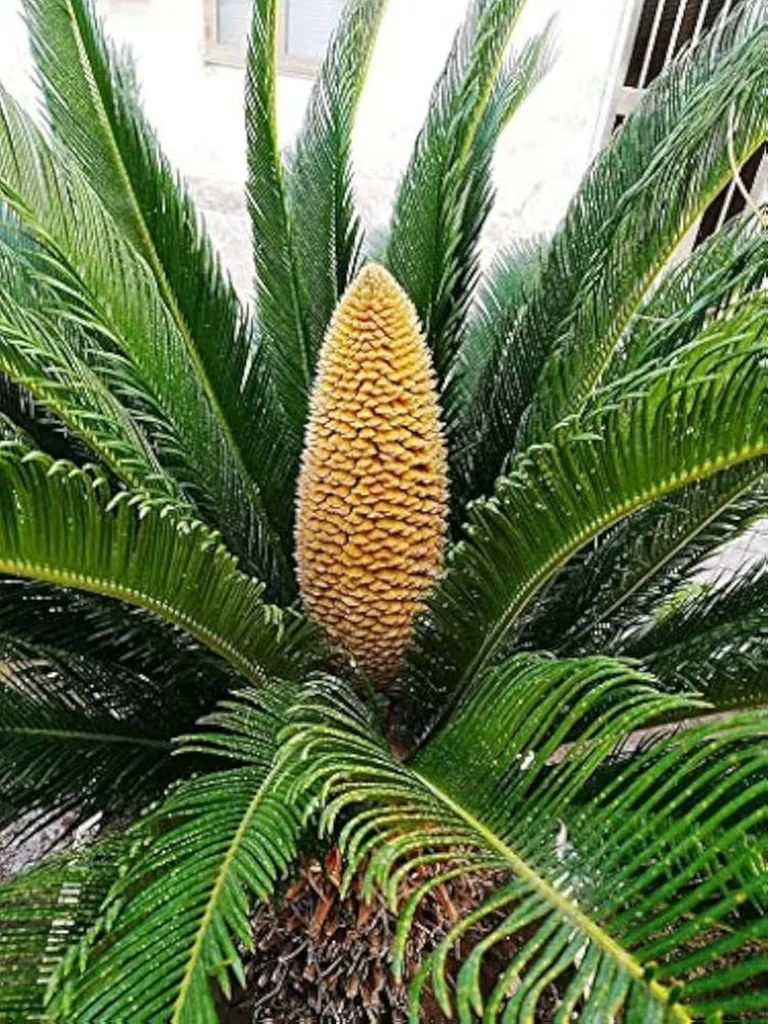In the quest for sustainable energy solutions, researchers have turned their attention to an unlikely candidate: the humble Queen Sago Seed Shell (QSSS). A new study published in *Materials Research Express* (translated from Chinese as “Materials Research Express”) demonstrates how this underutilized agricultural waste can be transformed into a valuable feedstock for bioethanol production, offering a promising avenue for waste valorization and green biofuel technologies.
The research, led by Vanisree G S from the Department of Chemical Engineering at the National Institute of Technology Calicut in India, explores the potential of QSSS as a lignocellulosic biomass for bioethanol synthesis. The study highlights a sequential process involving alkaline pretreatment and two-stage acid hydrolysis, ultimately yielding a significant amount of ethanol through fermentation.
The process begins with mechanical size reduction and alkaline pretreatment using 2% sodium hydroxide, which reduces lignin content by 53%, enhancing cellulose accessibility. This is followed by a two-stage acid hydrolysis process: first with dilute sulfuric acid (2%–8%) at 121°C for 100 minutes, and then with concentrated acid (30%–40%) at 80°C for another 100 minutes. The optimal conditions for hydrolysis were found to be 8% and 40% sulfuric acid, producing a maximum glucose concentration of 39.525 grams per liter.
“Our findings indicate that Queen Sago Seed Shells can be effectively converted into bioethanol, providing a sustainable and renewable energy source,” said Vanisree G S. “This research not only addresses the issue of agricultural waste but also contributes to the advancement of green biofuel technologies.”
The hydrolysate was then fermented using Saccharomyces cerevisiae, yielding 64.8 milliliters per liter of ethanol. The presence of ethanol was confirmed using Fourier Transform Infrared (FTIR) spectroscopy, which identified characteristic ethanol absorption bands.
The implications of this research for the energy sector are substantial. As the demand for renewable and sustainable energy continues to grow, the utilization of lignocellulosic agricultural waste such as QSSS offers a viable solution. By converting this underutilized biomass into bioethanol, the study provides a pathway for waste valorization, reducing environmental impact while simultaneously producing a valuable energy resource.
“This study opens up new possibilities for the bioethanol industry,” added Vanisree G S. “By leveraging agricultural waste, we can create a more sustainable and circular economy, reducing our reliance on fossil fuels and mitigating climate change.”
The research published in *Materials Research Express* underscores the potential of QSSS as a renewable feedstock for bioethanol production. As the world seeks to transition towards greener energy solutions, innovations like this are crucial. The study not only highlights the feasibility of utilizing QSSS but also paves the way for future developments in sustainable biofuel technologies, offering a promising future for the energy sector.

